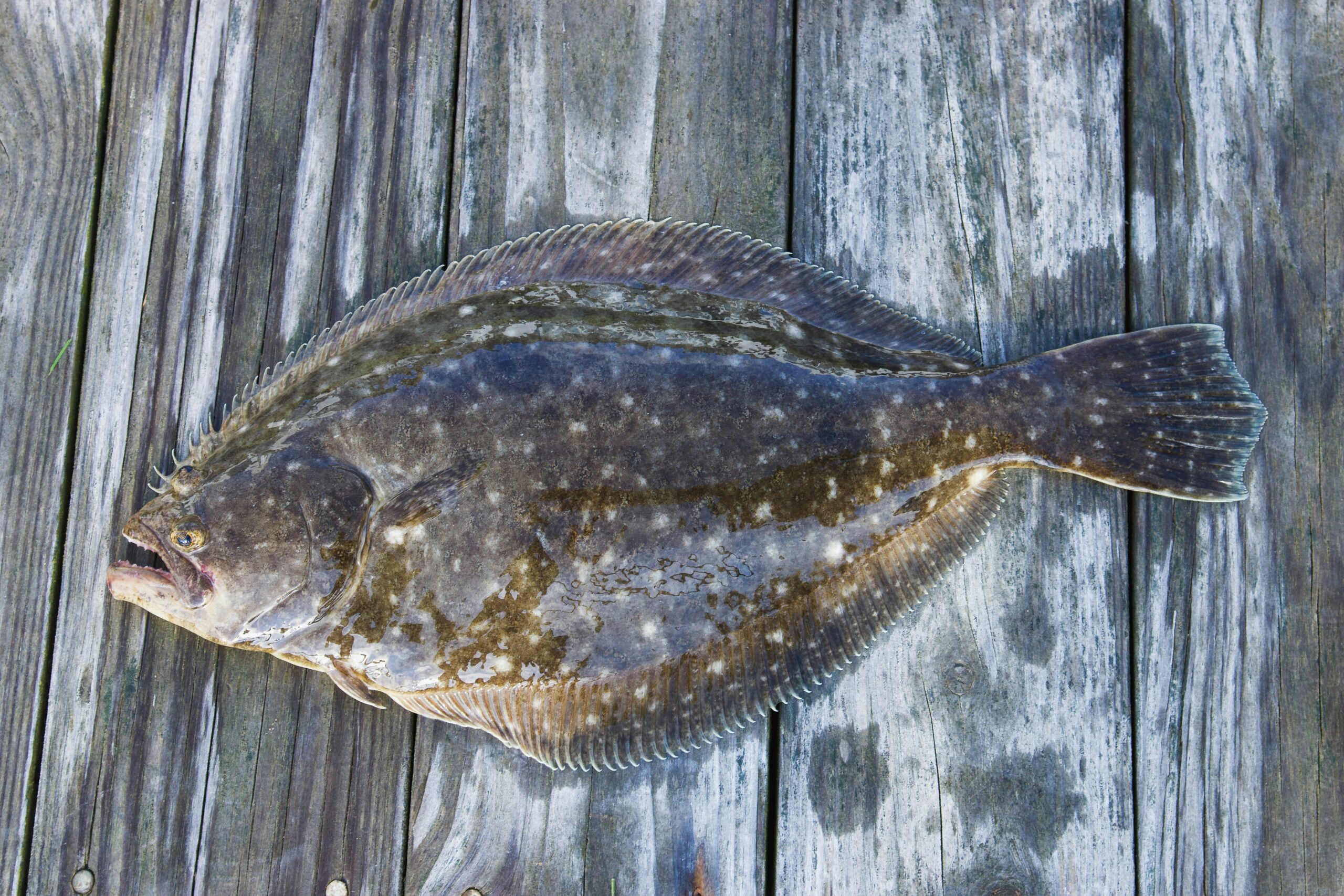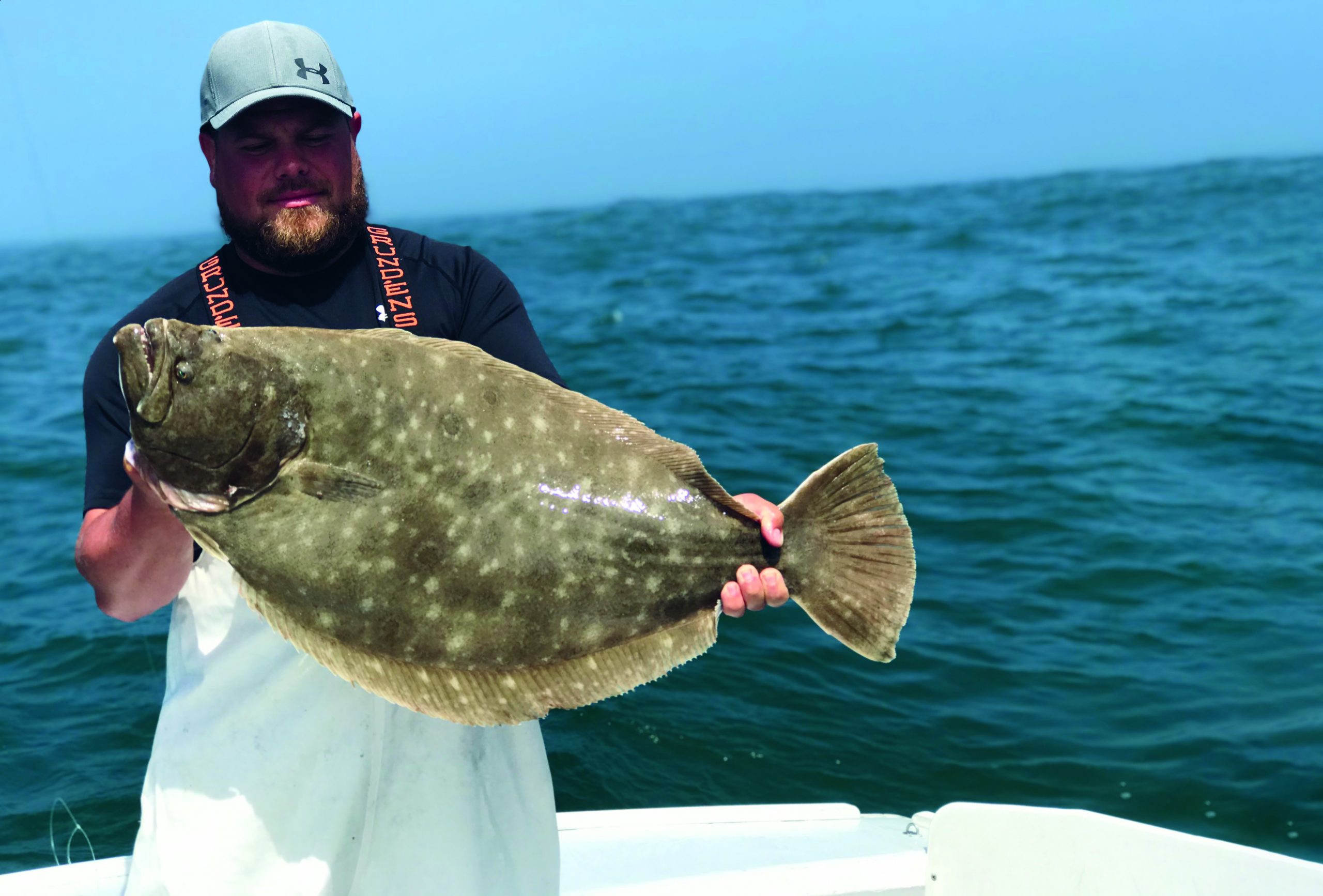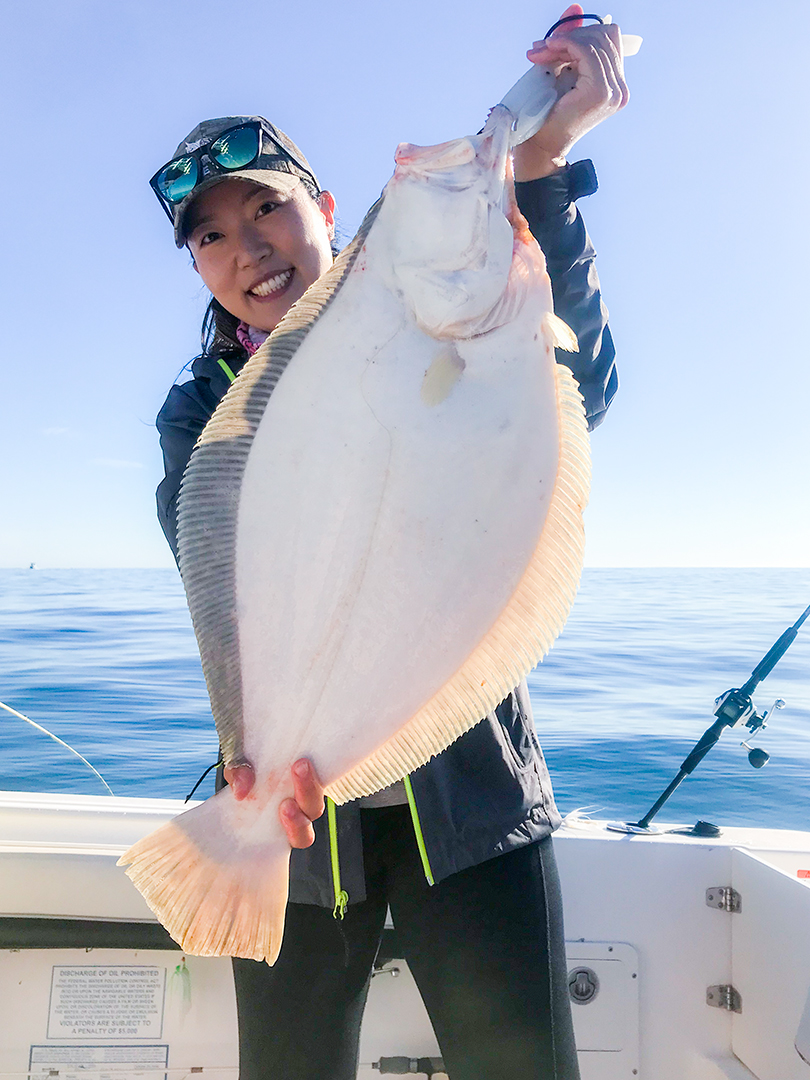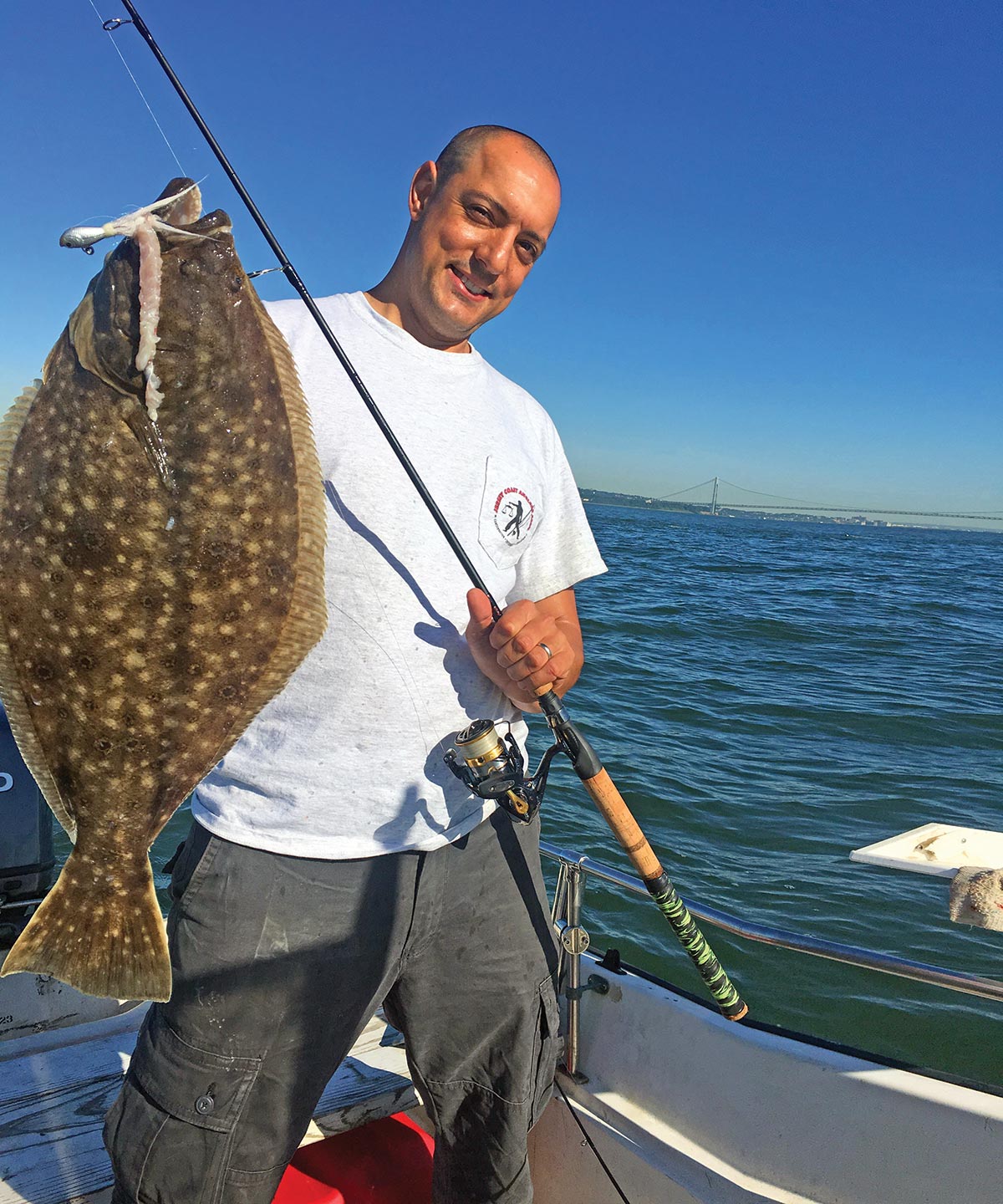FLOUNDER MANAGEMENT TALE OF TWO STATES: North Carolina Increases While New York Decreases - A Strategic Analysis for New York Anglers

EXECUTIVE SUMMARY
While North Carolina just INCREASED their recreational flounder quota by allocating an additional 53,000 pounds from commercial to recreational fishers through Amendment 4, New York anglers continue to face DECREASING opportunities with our current 3-fish bag limit and increasingly restrictive seasons. This analysis reveals how New York could adopt North Carolina's revolutionary 50/50 allocation model to restore angler access while maintaining conservation goals.
NORTH CAROLINA'S BOLD MOVE: WHAT THEY DID RIGHT
Amendment 4 - The Game Changer
North Carolina's Marine Fisheries Commission just adopted Amendment 4 to their Southern Flounder Fishery Management Plan, implementing these critical changes:- 50/50 Split: Equal allocation between commercial and recreational sectors
- 53,000 Pound Transfer: Moved quota FROM commercial TO recreational fishers
- Season Protection: Reduces risk of recreational overages that would penalize next year's quota
- Future Planning: Amendment 5 in development for even more comprehensive reforms
The Philosophy Behind Success
North Carolina recognized what New York hasn't: Recreational fishing drives the coastal economy MORE than commercial fishing. Their data shows:- Recreational fishing supports more jobs per pound of fish
- Tourism multiplier effects benefit entire coastal communities
- Angler spending occurs year-round, not just during fish sales

NEW YORK'S RESTRICTIVE REALITY: THE DECLINE
Current New York Regulations (2025)
- Bag Limit: 3 fish per person (DOWN from historical 4+ fish limits)
- Size Limits: 19" (May 4-Aug 1), 19.5" (Aug 2-Oct 15)
- Season: May 4 - October 15 (restricted compared to past seasons)
- No Size Flexibility: Rigid management with minimal angler input
The Allocation Problem
Unlike North Carolina's fair 50/50 split, the Atlantic States Marine Fisheries Commission's summer flounder allocation heavily favors commercial interests:- North Carolina: 28% of total Atlantic coast quota
- Virginia: 21% of quota
- New Jersey: 16% of quota
- New York: Significantly smaller percentage despite massive recreational fishing pressure
THE ECONOMIC REALITY: WHY NEW YORK SHOULD FOLLOW NORTH CAROLINA

Recreational vs Commercial Economic Impact
Recreational Fishing in New York Waters:- Supports coastal tourism from NYC to Montauk
- Drives charter boat, tackle shop, marina businesses
- Creates year-round employment in coastal communities
- Generates hotel, restaurant, and retail spending
- Limited to fewer vessels and participants
- Seasonal employment patterns
- Less community-wide economic benefit
- Concentrated profits vs. distributed recreational spending
HOW NEW YORK CAN IMPLEMENT THE NORTH CAROLINA MODEL
Step 1: State-Level Allocation Reform
New York could petition the Atlantic States Marine Fisheries Commission for:- Conservation Equivalency Programs similar to what we already use for black sea bass
- Regional flexibility in allocation formulas
- Economic impact studies showing recreational fishing's superior economic benefits
Step 2: Modernize Management Philosophy
North Carolina's success stems from recognizing that:- Modern recreational fishing is highly regulated with license requirements, reporting systems
- Recreational anglers are conservation-minded - they have long-term investment in healthy fisheries
- Tourism economics outweigh commodity fishing in coastal communities

Step 3: Advocate for Quota Reallocation
New York's strategy should mirror North Carolina's Amendment 4:- Shift quota from commercial to recreational allocation
- Increase bag limits back to 4-5 fish where biologically sustainable
- Extend seasons when fish populations allow
- Implement slot limits instead of blanket minimum sizes
THE CONSERVATION ARGUMENT: WHY THIS WORKS
Recreational Fishing as Conservation Tool
- License fees fund conservation programs
- Excise taxes on tackle support fisheries management
- Citizen science through angler reporting improves stock assessments
- Habitat protection advocacy from recreational fishing groups
Modern Accountability Systems
Unlike the past, today's recreational fishing includes:- Electronic reporting requirements
- GPS tracking of fishing effort
- Real-time quota monitoring
- Adaptive management capabilities

SPECIFIC RECOMMENDATIONS FOR NEW YORK
Immediate Actions
- Petition ASMFC for conservation equivalency allowing state-specific management
- Commission economic impact study comparing recreational vs commercial fishing benefits
- Engage legislative support for allocation reform initiatives
- Build coalition with fishing organizations, charter boat associations, coastal businesses
Long-term Strategy
- Develop Amendment proposal similar to North Carolina's Amendment 4
- Implement 50/50 allocation model for New York waters
- Increase bag limits to 4-5 fish where sustainable
- Create flexible size limit system responding to annual stock assessments
Economic Leverage Points
- Tourism revenue data showing recreational fishing's economic impact
- Employment figures from recreational fishing industry
- Tax revenue from angler spending vs commercial fish sales
- Coastal community support for recreational fishing priority
THE POLITICAL PATHWAY
Building Support
North Carolina's success required:- Unified angler advocacy across party lines
- Economic data supporting recreational fishing priority
- Conservation organization buy-in showing sustainability
- Coastal community lobbying for tourism-based economy
New York's Advantages
- Larger recreational fishing constituency than most states
- Strong economic argument with NYC metropolitan area anglers
- Existing conservation programs showing responsible management
- Bipartisan support for outdoor recreation and tourism
CONCLUSION: THE PATH FORWARD
North Carolina proved that states can prioritize recreational fishing WITHOUT compromising conservation goals. Their Amendment 4 represents a fundamental shift toward recognizing recreational fishing's superior economic and conservation benefits.New York anglers deserve the same consideration. While we face a 3-fish bag limit and shortened seasons, North Carolina is INCREASING recreational opportunities through smart allocation policies.
The solution isn't more restrictions - it's better allocation. By adopting North Carolina's 50/50 model, New York could:
- Restore 4-5 fish bag limits
- Extend fishing seasons
- Support coastal economies
- Maintain conservation goals
For New York anglers ready to fight for fair allocation, contact your representatives and support organizations advocating for recreational fishing rights. The North Carolina model works - let's bring it to New York waters.
